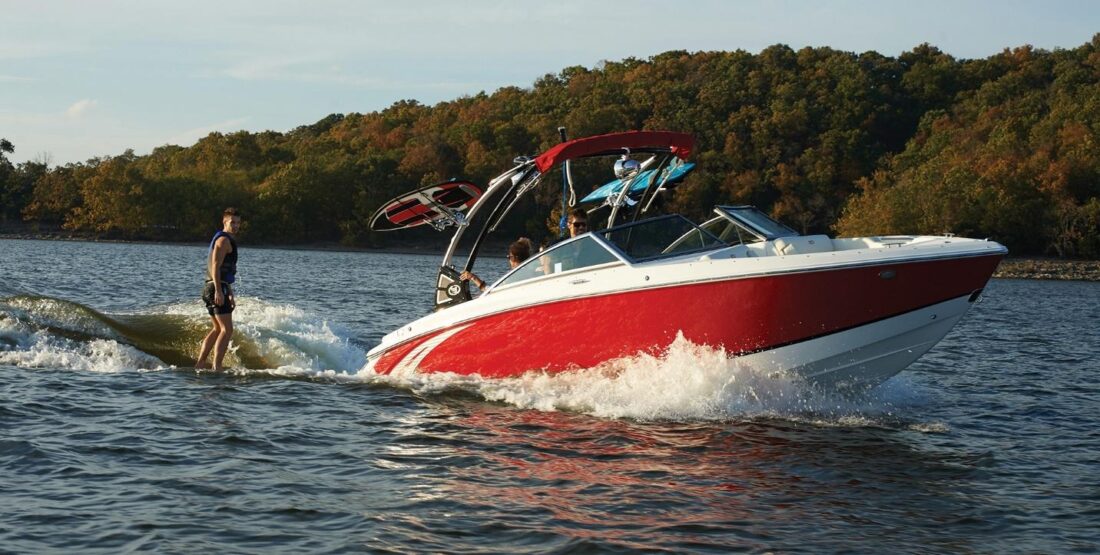
As you set out on your boating adventures and want to hire a boat in Sydney, understanding the concept of what is boat draft is essential for safe and successful navigation.
Boat draft refers to the depth of water needed to float your vessel properly. It’s a critical factor that impacts your boat’s maneuverability, stability, and overall performance on the water.
In this blog, we’ll explore what is boat draft, why it matters, and provide valuable tips for navigating safely with a boat draft, ensuring smooth passage on your maritime journeys.
What is Boat Draft?
Boat draft is the vertical distance between the waterline and the deepest part of a boat’s hull. It’s measured from the lowest point of the vessel’s keel or hull to the waterline.
Understanding your boat’s draft is crucial because it determines the minimum depth of water required for safe navigation. A boat’s draft can vary depending on its size, design, weight, and load capacity.
Why Boat Draft Matters
Boat draft plays a significant role in determining how and where you can navigate your vessel. Here’s why it matters:
- Navigational Safety: Knowing your boat’s draft helps you avoid running aground or hitting underwater obstacles by ensuring you have enough water depth beneath your keel.
- Maneuverability: Boat draft affects your vessel’s ability to navigate in shallow or restricted waters. Shallow-draft boats can access shallower areas, while deeper-draft vessels require deeper water.
- Stability: The draft of your boat influences its stability and seakeeping abilities. Deeper-draft boats may offer more stability in rough seas, while shallow-draft boats may be more prone to rolling in choppy conditions.
- Access to Ports and Harbors: Understanding your boat’s draft is essential for accessing ports, harbors, and marinas. Some may have depth restrictions that limit the entry of deeper-draft vessels.
- Navigating Channels and Waterways: Your boat’s draft dictates your ability to navigate channels, rivers, and inland waterways. It’s crucial to ensure your draft allows safe passage through these routes.
Navigating Safely with Boat Draft: Tips and Guidelines
Now that you understand the importance of boat draft let’s explore some valuable tips for navigating safely:
- Know Your Boat’s Draft: Familiarize yourself with your boat’s draft specifications, including the minimum depth required for safe navigation. Consult your boat’s manual or manufacturer for this information.
- Use Nautical Charts: Nautical charts provide valuable information about water depths, navigational hazards, and depth soundings along your route. Use them to plan your journey and identify areas with sufficient water depth for your boat’s draft.
- Monitor Water Depth: Keep an eye on your depth sounder or depth gauge to monitor water depth as you navigate. Be especially cautious in unfamiliar waters or areas with changing tides and currents.
- Check Tide Tables: Tides can significantly affect water depth, especially in coastal areas and estuaries. Consult tide tables to plan your voyage and ensure you have adequate water depth during both high and low tides.
- Stay in Marked Channels: When navigating through channels, follow marked buoys and navigational aids to stay within safe water depths. Straying outside marked channels increases the risk of running aground.
- Avoid Shallow Areas: Exercise caution when navigating near shoals, sandbars, and shallow reefs. These areas pose a risk of grounding, especially for vessels with deeper drafts.
- Be Mindful of Your Surroundings: Pay attention to water conditions, including currents, waves, and underwater obstacles, as they can affect your vessel’s draft requirements.
- Communicate with Local Authorities: If you’re unsure about water depths or navigational hazards in a particular area, contact local harbor-masters, marina operators, or Coast Guard stations for guidance.
- Plan Ahead: Before setting out, plan your route and destination, taking into account your boat’s draft requirements and the navigational challenges you may encounter along the way.
- Practice Safe Seamanship: Always operate your vessel at a safe speed, maintain situational awareness, and be prepared to adjust your course or speed as needed to ensure safe passage.
Final Words
Navigating safely with boat draft is essential for every boater, whether you’re cruising coastal waters, exploring inland waterways, or sailing offshore.
By understanding your boat’s draft, planning your route, and practicing safe seamanship, you can navigate with confidence and enjoy smooth passage on your maritime adventures.
Remember to stay vigilant, monitor water depths, and adapt to changing conditions to ensure a safe and enjoyable boating experience. With these tips in mind, you’ll be well-equipped to navigate the waters safely and responsibly, wherever your boating journeys may take you.
Happy boating!




